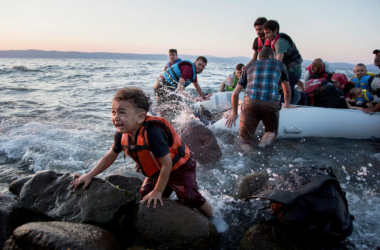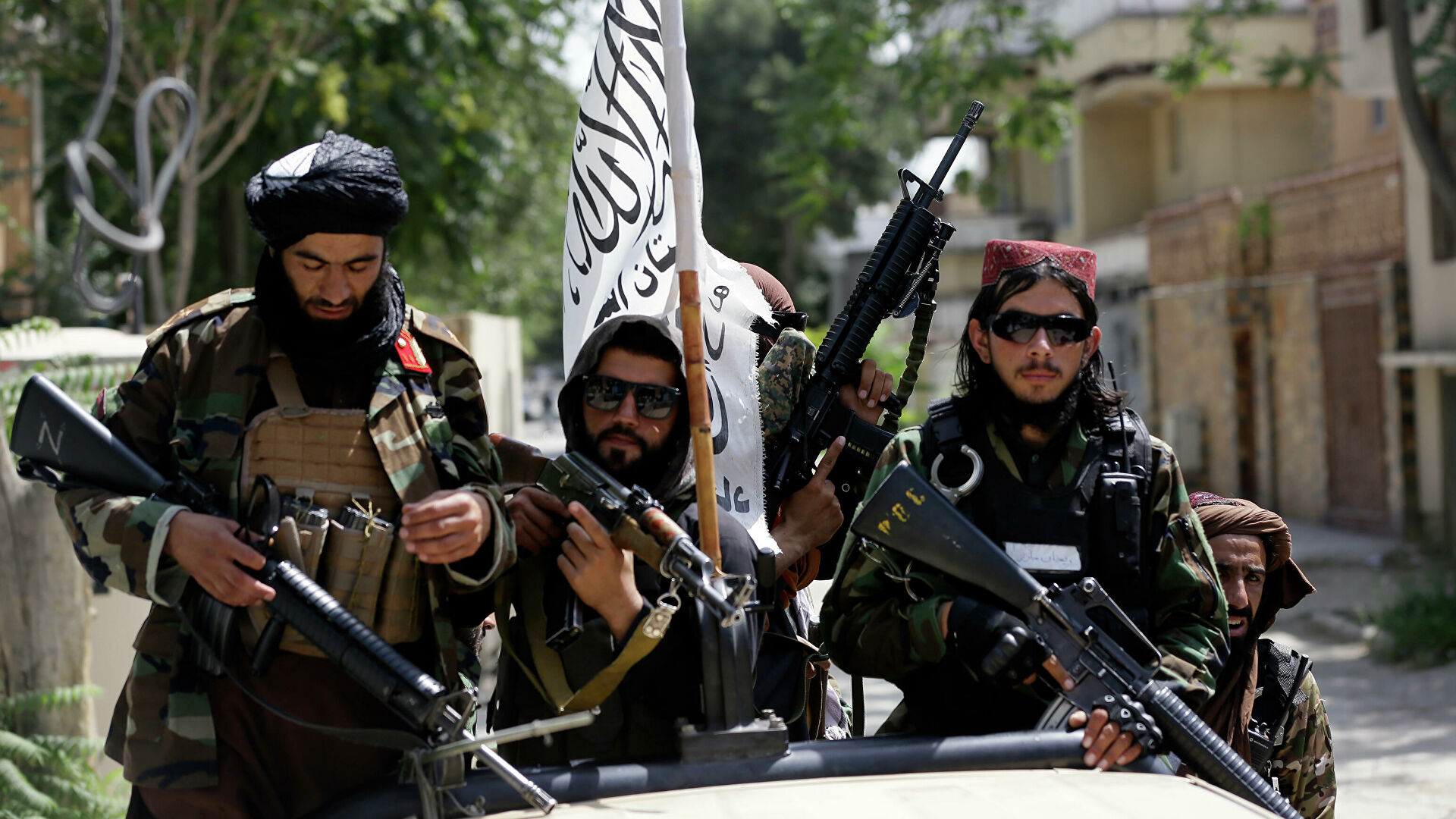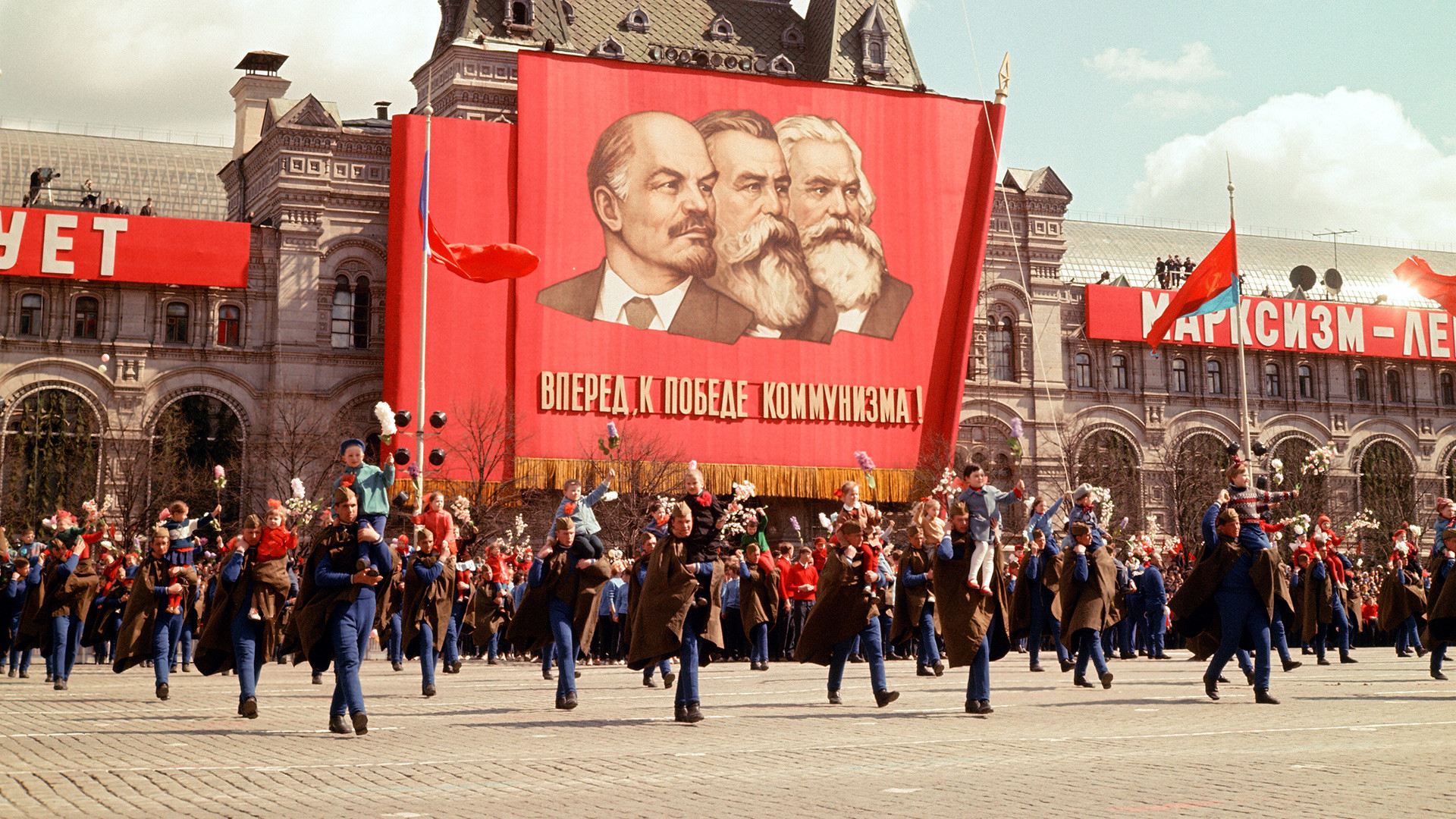Azerbaijan, the brother country of Turkey, that has hosted many empires in the South Caucasus region since ancient times, etymologically means “Fire Guards” in the Persian language. Azerbaijan Republic was founded in 1918 as the first democratic country of the Islamic world. Shortly after its foundation, USSR has invaded the Azerbaijan and this occupation lasted for 71 years.
Azerbaijan was the first country that recognized the Ankara government as a state in the Turkish War of Independence in 1921. President of that period Neriman Nerimanov corresponded with Mustafa Kemal Ataturk and provided moral and material support by giving the debt that Atatürk said it would be repaid.
Azerbaijan has been the subject of extremely controversial issues with its historical regions, besides having rich underground resources. The Nagorno-Karabakh, especially in Northern Azerbaijan between the Kura and Aras rivers, still remains serious today. Nagorno-Karabakh conflict, which is a transit point between Armenia and Iran, has been raised since the end of the 19th century.
Armenian expansionist policies started after revolutionary movements in Tsarist Russia in 1905 is considered the beginning of bloody conflicts between them and the Turks in the South Caucasus. Tsarist Russia supported the attacks of the Armenians against the Turks between 1905 and 1907, in order to prevent the supporters of the revolutionary movements. Successive clashes have been turned into a massacre. 75 Muslim Turkish villages were destroyed and more than 200 villages and towns were looted. (Eyvazlı, 2019)
Although there were tensions between Armenians and Azerbaijani Turks who wanted the Nagorno-Karabakh region when the USSR took over the Caucasus, the region was given to the Armenians by the Bolsheviks. However, due to Turkey’s state of war, the Soviets have pursued a quick agreement, and as a result, the Soviets surrendered Nagorno-Karabakh, Nakhchivan, and Zangezur regions to Azerbaijan in 1921. (Beşir, 2011)
After this agreement, the Armenian Communist Party regularly requested the return of the lands, that granted to Azerbaijan, every year. Although the government in Moscow has taken a moderate approach to this event but ACP’s request was turned down due to World War II and subsequent events. (Beşir, 2011)
By the 1960s, they described the Eastern Anatolia region of Turkey as Western Armenia, beyond the right they claimed on these lands. (Aygun)
Armenians has started ethnic cleansing in the region under the name of “Armenia without Turks” since 1988, subjected 40,897 Turkish families and 185,519 Turks to forced migration. (İbrahimov)
Tensions between Armenia and Azerbaijan gradually gained momentum which gained their independence result of the dissolution of the Soviet Union in 1991. Armenians who were living in the Nagorno-Karabakh region organized protests. In the process, when the conflict took on a new dimension, the Armenians allegedly demanded that the fate of the region be left to the choice of the people of the region since the majority in the region were Armenians. On the Azerbaijani side, it was claimed that the region belonged to itself in a historical and legal context, and that the ethnic structure of the region was changed by immigration policies implemented during the Soviet period. (Mango, 2001)
According to another claim of Armenians from the B.C. 7th century until this time, Armenian culture and groups existed in the Karabakh region. However, Aliyev’s work “History of Nagorno-Karabakh factors, events” stated that the Armenians never had a territory in the Caucasus and also how they claimed rights on Turkish territory by being here with the help of the imperialist forces. (Karabaği, 1991)
After Armenia achieved independence on August 25, 1990, it did not recognize the Kars Treaty, which it signed with Turkey in 1921. Armenians claimed the events of 1915 as the Armenian genocide by the 11th article of The Armenian Declaration Of Independence. Turkey has not attempted to establish diplomatic relations with Armenia. After the Khojaly Massacre in 1993, Turkey closed the railway crossing in Kars, Akyaka. (Mango, 2001)
The dense Armenian population in Nagorno-Karabakh and the dream of the Great State of Armenia, which developed in parallel, seemed to solve the affairs in favor of the Armenians. On September 2, 1991, the region declared its independence under the name of the “Nagorno-Karabakh Republic” and today also region abandoned Armenian support. (Özgündüz, 2005)
By the end of 1991, Armenians had occupied a large area in the South Caucasus. The city of Khankendi, the capital of Nagorno-Karabakh, had a large population of Turks in the region until the last massacre. On the night of 25 February, Armenian forces and Russian 366. Motorized Infantry Regiment moved to Khojaly. After nearly 2 hours of bombardment, many people died at the scene. Besides the Azerbaijani people, many Ahiska Turks residing in the region were massacred. The survivors were shot and killed in a position between Askeran-Ketik. (Eyvazlı, 2019)
The ultimate goal of choosing this region was to ensure that the aid needed by the military forces was provided here, as it was located near the airport. According to Azerbaijani official records, 83 children, 106 women, and more than 70 elderly people were killed after this brutal massacre, while those who fled the scene and took refuge in the forests died of hunger and cold in ten days. 613 people were killed and 275 people were taken hostage by Armenians, while 150 people have still not been heard from. The reason behind this massacre carried out by the Armenians is undoubtedly the result of years of accumulated hatred of Turks. The aim of this massacre, which is a very strategically important event, is to ensure that resistance is weakened by fear and then to add the Karabakh region to the Armenian territory. (Arslanlı , 2015)
Karabakh’s position in the Caucasus and its importance in terms of Armenian-Russian relations can be listed in two articles:
1. Azerbaijani oil, which is in the process of globalization in the world with the distribution of Soviets
2. Being a base for an operation against Middle Eastern countries, especially Turkey and Iran (Kengerli, 1996)
The Khojaly Massacre took place not only among the Turks but also in the entire world press. French journalist Jan Iv Junet reported what he saw as follows: “I’ve heard and read a lot about the brutality of German fascists. But the Armenians, who killed 5-6-year-old children and civilians, are worse than them” (Beşir, 2011)
After losses ranging from 200 to 1000 as a result of the crossfire in Khojaly, Azerbaijan is referred to as a massacre while Armenia believes that this was just an incident. Considering the war situation of both sides, Azerbaijan followed guerrilla war strategies while the Armenian forces are forms a regular army. After Khojaly was taken by Armenians, Shusha was also occupied due to its strategic importance. After the road to Lachin, it was quite easy to reach Nagorno-Karabakh. (Özgündüz, 2005)
During the time of Ebulfez Elchibey, who replaced Azerbaijani President Ayaz Muttalibov, who resigned from his post after the massacre, the situation became a little more improved, but this was quite short-lived. Armenians occupied Kelbajar and took possession of the second most important corridor with Nagorno-Karabakh. But Armenia’s goal is to create a state that extends to the territory of Baku. After the internal turmoil of Azerbaijan (Lezgi-Taşlilar), the new President Heydar Aliyev was elected and political continuity was achieved. Azerbaijanis first move to take back the Umar pass on Mount Murov, where the road to Kelbajar passes. On February 16, 1994, a ceasefire was called by Russia in the name of stopping the war due to reactions from the international arena. (Özgündüz, 2005)
This bloody event in Khojaly was stated by the Azerbaijani government as the “Khojaly Massacre” in 1994, stating that many international agreements were violated. The full name of the ceasefire agreement signed in Bishkek, the capital of Kyrgyzstan, is the “Bishkek protocol”. The parties to the agreement signed on 5 May 1994 are Azerbaijan, Armenia, Nagorno-Karabakh Republic, and Russia. The tension between Armenia and Azerbaijan which occurred on September 27, 2020, turned into a conflict that reflecting all the problems that were not fully resolved by this agreement, which suspended the Karabakh conflict.
Since the Baku-Tbilisi-Ceyhan crude oil pipeline of Azerbaijan became operational in 2005, their economy has experienced a great revival, and the arms industry has been highly developed. (Özgen, 2020) The situation on the Armenian front was not good. Armenia, which has a high current account deficit, was trying to keep its economy afloat with raw material exports and financial support from Armenians living in the diaspora. (EU4 Business, 2020)
Azerbaijan took the first steps necessary to protect its territorial integrity and Turkey gave a message of full support and provided the necessary military assistance. On November 9, 2020, Azerbaijan reclaimed most of its occupied territory since 1991 and once again proved its power to the world. Azerbaijan won a major victory with the armistice agreement signed after the second Karabakh War.
References
Arslanlı , A. (2015). Karabağ Sorunu ve Türkiye Ermenistan İlişkileri. Ankara: Berikan Yayınevi .
Aygun, A. (no date). “Azerbaycan Türklerinin Ermenistan’dan Zorunlu Göçü. Retrieved from http://soyledik.com/tr/makale/6960/azerbaycan-turklerinin-ermenistandan-zorunlu-gocu–
Beşir, M. (2011). Ermenileştrilen Kuzey Azerbaycan Türk Toprakları. Türk Yurdu.
EU4 Business. (2020). Armenia’s Economy at a Glance. Retrieved from https://eu4business.eu/
Eyvazlı, E. (2019). Hocalı Katliamı’na Giden Süreç ve Türk Basınında Hocalı Katliamı. Avrasya İncelemeleri, 8(2), 152-173.
İbrahimov, A. (no date). Ermenistan’ın Etnik Temizleme Siyaseti. Retrieved from https://1905.az/tr/ermenistanin-etnik-temizleme-siyaseti/
Karabaği, M. Y. (1991). Tarih-i Saf-i Karabağnameler. Bakü.
Kengerli, M. (1996). Azerbaycan’ın Karabağ Felaketi. Azerbaycan Dergisi 310, 13-15.
Mango, A. (2001). Ermeni Sorunu Nasıl Çözülmeli? Uluslararası Türk Ermeni İlişkileri Sempozyumu . 2, s. 497. İstanbul : İstanbul Üniversitesi Rektörlüğü Yayınları .
Özgen, C. (2020). 44 GÜNÜN ARDINDAN: 2020 KARABAĞ SAVAŞI’NIN ASKERİ AÇIDAN ANALİZİ. Giresun Üniversitesi İktisadi ve İdari Bilimler Dergisi, 7(1), 104-123.












